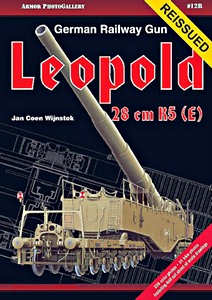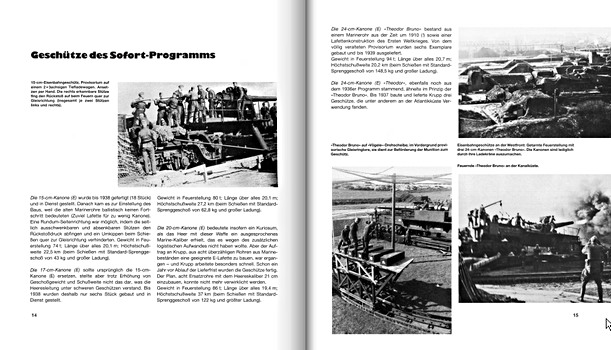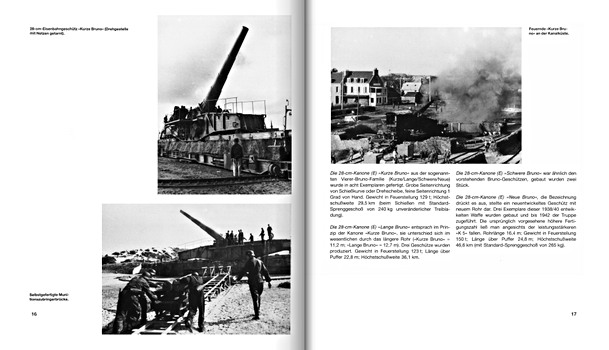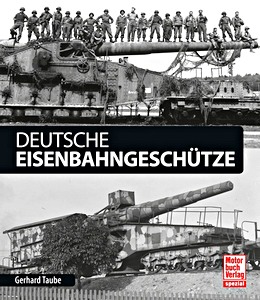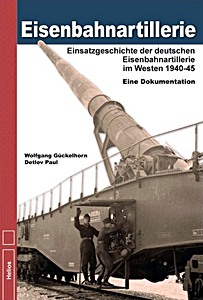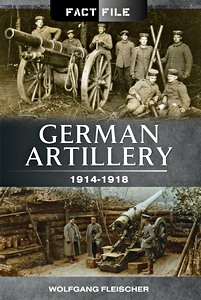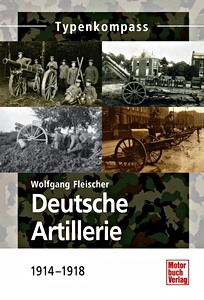K5 Rail Gun - Krupp's WWII Behemoth (Legends of Warfare)
Known by various names such as Anzio Annie, Anzio Express, and Leopold, the German 8 cm Kanone 5 Eisenbahngeschütz (railway gun), commonly abbreviated as K5(E), stands as Germany's most successful and widely employed railway gun design.
Twenty-four of these formidable weapons, capable of shelling England from positions in France, were utilized on multiple fronts, including France, Italy, Russia, and Holland.
This illustrated book captures the operation and deployment of these fearsome weapons through 80 vintage black-and-white photos.
Complementing the historical images are over 150 full-color photos showcasing the only surviving examples, providing detailed insights into the construction nuances of these massive railway guns.
Detalle del libro
| Autor: | David Doyle |
|---|---|
| Presentación: | 128 páginas, 23 x 23 x 1.9 cm, tapa dura |
| Ilustración: | 80 fotos en b/n y 150 a color |
| Editorial: | Schiffer Publishing Ltd (USA, 2023) |
| Colección: | Legends of Warfare |
| ISBN: | 9780764366444 |
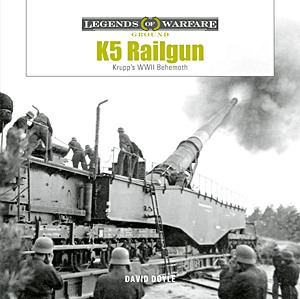
K5 Rail Gun - Krupp's WWII Behemoth
Idioma: Inglés
Disponible en Amazon - pago segura y entrega rápido
Comprar en Amazon ESComprar en Amazon.com

